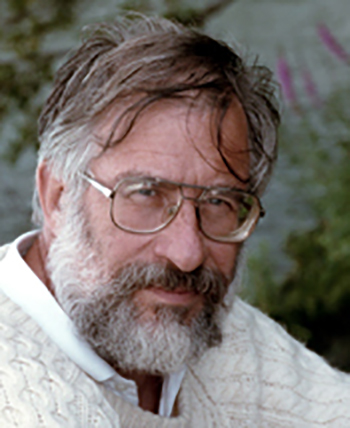| Terra Cognita, 2004, 288 p.|
Eero Paloheimo’s work The Structure discusses the amazing structural similarities between the nature and the constructed environment, using ca. 500 photographs and related text. A small edition in English has been published in Finland.
Preface
It was not my original intention to explain anything. However, after showing my manuscript to a few selected readers, I was persuaded of the necessity of a preface, if only to define my basic concepts. It also provided me with the opportunity of clarifying why the book proceeds from lifeless nature to living nature and ultimately to culture. Alternatively, I could have considered each element of structure separately, using the present division as a subdivision, but this would, in my opinion, have been more confusing.
The most important concept has to do with the name of the book. What does “structure” mean? In what way does “structure” differ from “form”? Is structure tangible?
Answering the last question first, one can touch an object, but not the object’s structure. While structure is not directly perceptible, form is. Structure is deduced from perceptions.
I define structure as a principle or rule according to which the whole is composed of the parts. Thus structure is a rule that refers to what has happened, but also to its consequences. While form is seen as surface, structure also refers to the internal, the invisible. A balloon and the earth have the same form, but different structures. Structure is the principle or rule that creates form.
This book presents three universal properties of the structure of matter. They can also be called structures in the sense that they are parts of the structural whole.
Boundedness means the articulation of the whole into components by clear boundaries. The opposite is a world in which things dissolve into each other and it is impossible to say precisely where one ends and another begins. Although it is easy to imagine such a world, it is not like our present material world. Boundedness and articulation are different perspectives of the same thing.
Varying repetition means that many parts of the whole are similar or nearly so, but not completely identical. Seemingly identical components often have small, but accurately definable differences. The opposite is either a world containing only identical parts or a world containing only completely different parts. Both can be imagined and both would be totally different from the existing world. Repetition is both a sequence of events and a continuum of identical components. Identical parts are created by the repetition of events.
Flowingness is a structural property, as is boundedness, and it refers both to time and the order of the components. While boundedness means the “existence of boundaries”, flowingness means the “existence of flows”. Heracleides said that everything flows, everything is in motion. Thus even the structure of flow has two conceivable alternatives.
The first would be a static world. The other alternative would be a saltational world in which the present state would have no clear connection to the previous state. But a third, closest to the present alternative, would be a world changing gradually in minimal leaps and consecutive leaps would be connected in a regular manner. The last alternative could not be distinguished from the present world, while the two previous ones would obviously be different. Flowingness is apparent in the microcosm, most clearly on a perceptible scale in living forms.
here is an important addition at the end of the book. Structures govern matter and they control the way we think. However, our experience of our own being – self-consciousness – is different. Thus, we cannot, and should not create our environment solely according to the dictates of matter.
Contents
Fundamentals
Lifeless nature
Living nature
Humankind
Additions
Illustration sources


